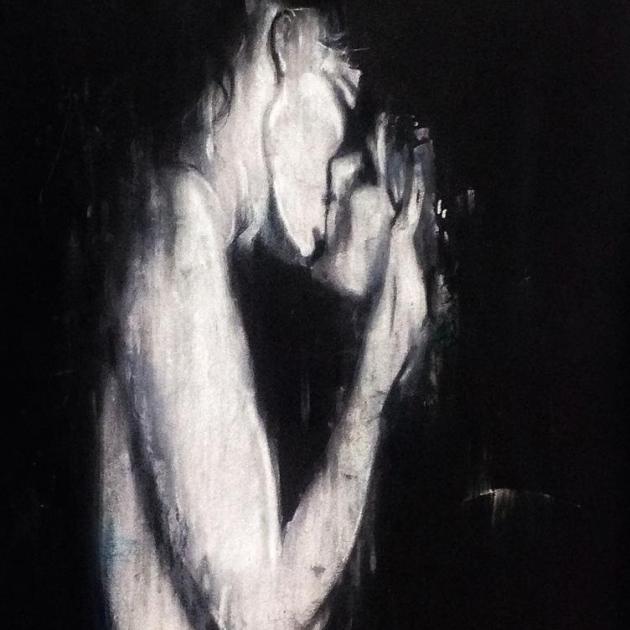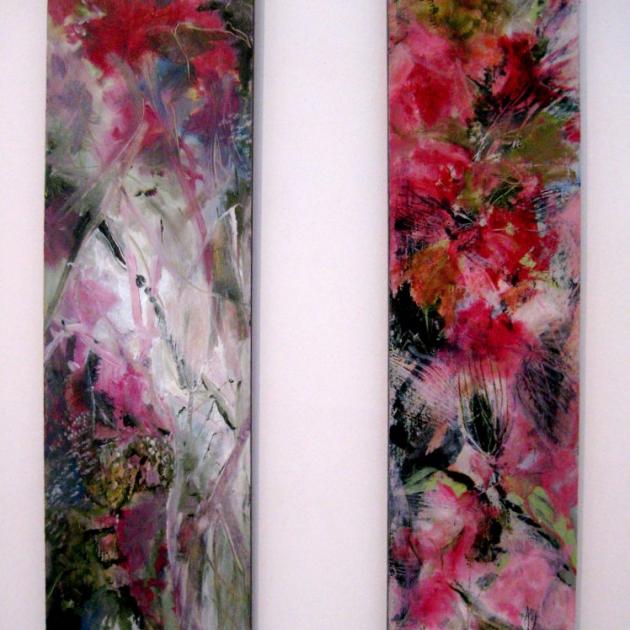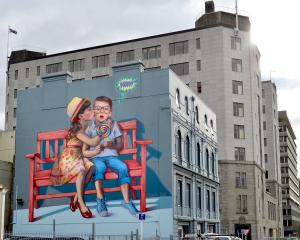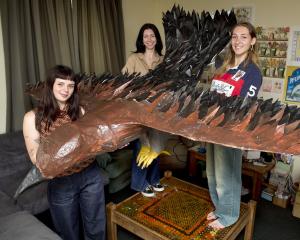
Russell Clark, Juliet Peter, Leo Bensemann, Stewart Maclennan and Dennis Knight Turner are among the 20th-century artists celebrated in ''Art Between the Covers'', with examples of their work including book plates, newspaper comic strips, journal covers and advertisements.
The three decades between 1930 and 1960 were a period of boom development for the New Zealand publishing industry, fuelled by rising enthusiasm for a nationalist arts culture, a distinctly New Zealand language to be spoken through the written word and printed image.
For the first time, there was a strong demand for home-grown literature.
Smaller private presses flourished in response to the commercial demand, joining large firms such as Whitcombe and Tombs, A.H. Reed, and the Government Printing Office to publish local stories, Maori mythology and new journal and magazine titles.
Where there were books, there were pictures, and so too came the rise of the illustrators and graphic designers.
The exhibition captures a fascinating slice of our history, not just of the arts but also social commentary through magazine imagery, political satire through press cartoons, and childhood reminiscence through the classic School Journals.
Before 1950, most illustrations were monochromatic, photomechanical prints of drawings and etchings, but the mid-century introduction of two-colour lithography opened bright and bold new opportunities.
The selection features early examples of New Zealand children's and history books, and mounted works range from Peter's atmospheric landscape paintings to the minute detail and sly wit of Clark's pen drawings.

It's love, death, and rock'n'roll at Wanaka's Gallery Thirty Three this month.
Dunedin-based Jon Thom builds on a growing reputation for portraiture with three new faces.
There is nothing bashful or self-conscious about Thom's subjects; the women meet the viewer's gaze and stare challengingly back.
The young lovers in The Kiss II are too engrossed in one another to look beyond the picture plane but share that sense of youthful arrogance and confidence.
Thom contrasts these monochromatic works with a series of vividly toned floral photographs.
They are so beautiful that it is not initially apparent that the flowers are not in bloom but in the early stages of decay.

Beauty is seen as synonymous with youth, and both are fleeting.
Thom's work challenges that conception: the flowers, like people, evolve and take on new character in different stages of life.
Observing all this from the opposite wall are the punk rock bull terriers of English-born watercolourist Nick Eggleston.
Complete with ink and piercings, the canine rock stars seem utterly delighted with themselves, and the humour is irresistible.
The playful wash of colour and tongue-in-cheek subject plays off against the solemnity of Thom's work but there is a sympathetic chord between the two collections, a sense of enduring beauty and pleasure in life, death, music and art.

Lorraine Higgins brings to life the tenacious growth and hidden gems of a winter garden in her exhibition ''Bohemia''.
The household garden is seen as a working example of the perpetual cycle of life, death and rebirth in nature. Winter brings its own unique beauty, and is far from being solely the season of decay and stasis before the new growth of spring.
Higgins' slightly abstracted style results in an impression of haphazard growth, a blur of colour and riotous branches, of leaves and fronds blown about in a cold wind, petals clinging to hardy flowers.
The artist describes her ideal garden as ''Bohemian'', a free spirit, left to literally follow its own path and thus provide endless variation with each passing season.
The works in the collection are untitled, which very effectively ties them together as pieces of a whole, like wandering about the garden in question, viewing it from multiple angles and putting together a composite picture in the mind.
Higgins uses layers of paint on wooden boards, scraping and scratching back layers to create texture and reveal splashes and flashes of colour.
The application of a milky wax over the surface of several paintings is very successful, and under the light can give the effect of a sheen of frost, as if the flowers are battling the elements, icing over in the early morning.
- by Laura Elliot












